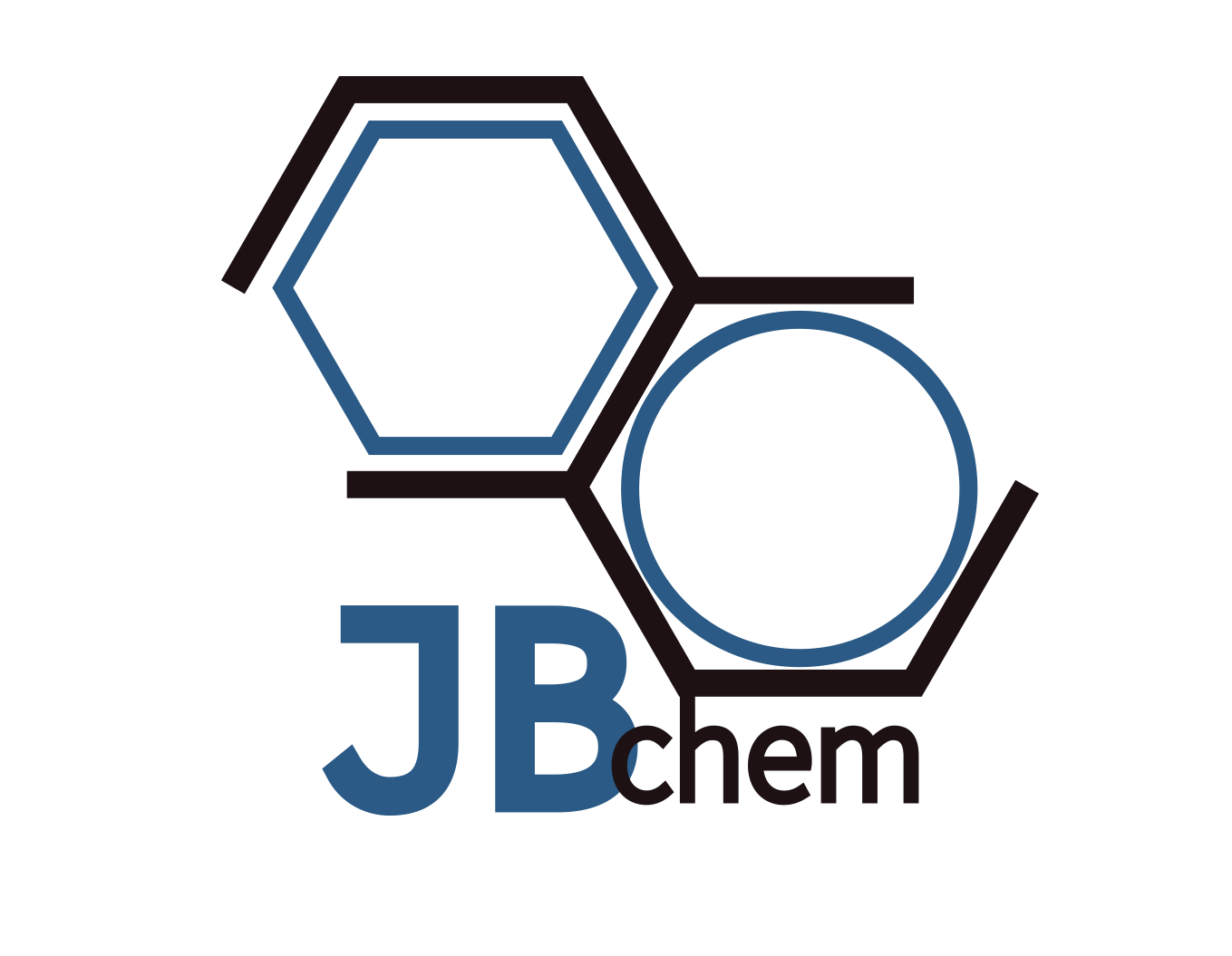Niobium Nitride(NbN) Micronpowder
Product Properties
Molecular formula:NbN
Polymorphs:Cube
Melting Point:2300℃
Density:8.47g/cm3
Niobium Nitride(NbN) Micronpowder Main Feature
NbN has a high melting point, typically around 2,507°C (4,545°F), making it suitable for high-temperature applications. It is a type II superconductor with a relatively high superconducting transition temperature (Tc) for a non-copper oxide material. The Tc can vary depending on the stoichiometry and structural quality, but it is typically in the range of 14-16 K (-259.15°C to -257.15°C). This property makes it valuable for quantum computing, superconducting magnets, and other applications where superconductivity at relatively high temperatures is advantageous.NbN micronpowder has a high hardness and mechanical strength, which makes it useful as a coating material for cutting tools and in other applications requiring wear resistance.It exhibits good chemical stability and corrosion resistance, which is beneficial for applications in harsh environments.While it is a superconductor below its Tc, at temperatures above this, it behaves as a conductor with reasonable electrical and thermal conductivity.
Niobium Nitride(NbN) Micronpowder Applications
Superconducting Devices: Its superconducting property is exploited in various devices, including quantum computing components, SQUIDs (Superconducting Quantum Interference Devices), and superconducting magnets used in magnetic resonance imaging (MRI) systems and particle accelerators.
Coatings for Cutting Tools: The hardness and chemical stability of NbN make it an excellent coating material for cutting tools, enhancing their wear resistance and lifespan even under high temperatures and in corrosive environments.
Electronics and Photonics: NbN thin films are used in superconducting electronics, such as single-photon detectors for quantum communication and computing, and in ultrafast photodetectors for optical communication systems.
Wear-resistant Coatings: Beyond cutting tools, NbN coatings are applied to various components that require high wear resistance, including bearings, dies, and other parts in machinery and equipment subjected to extreme conditions.
Microelectronics: NbN is used in microelectronics fabrication, particularly in components that benefit from its superconducting properties, offering a pathway to more efficient and compact devices.
- Energy Technologies: Its superconducting property is being explored for use in superconducting cables and power transmission lines, potentially leading to more efficient electrical grids with reduced energy losses.

